uneven glass tiles - are they unacceptable?
flysonic
11 years ago
Featured Answer
Sort by:Oldest
Comments (11)
flysonic
11 years agoflysonic
11 years agoRelated Professionals
Agoura Hills Kitchen & Bathroom Designers · South Sioux City Kitchen & Bathroom Designers · Fullerton Kitchen & Bathroom Remodelers · 93927 Kitchen & Bathroom Remodelers · Broadlands Kitchen & Bathroom Remodelers · Omaha Kitchen & Bathroom Remodelers · Paducah Kitchen & Bathroom Remodelers · Panama City Kitchen & Bathroom Remodelers · Terrell Kitchen & Bathroom Remodelers · Forest Hills Kitchen & Bathroom Remodelers · Pleasanton Glass & Shower Door Dealers · Suwanee Glass & Shower Door Dealers · Ridgefield Cabinets & Cabinetry · Tooele Cabinets & Cabinetry · Gadsden Window Treatmentsflysonic
11 years agoflysonic
11 years agocatbuilder
11 years agoenduring
11 years agoflysonic
11 years agocat_mom
11 years agoMongoCT
11 years agoChris Clement
4 years ago
Related Stories
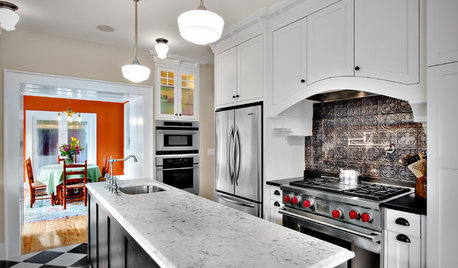
KITCHEN DESIGN8 Statement-Making Kitchen Backsplashes Beyond Basic Tile
Look to metal, glass and even wooden crates for an attention-getting backsplash that might even save you some money
Full Story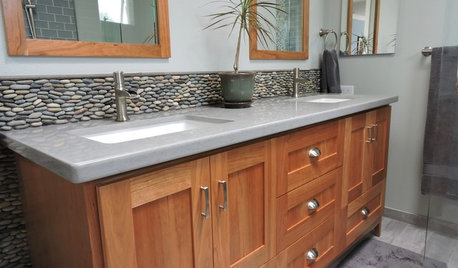
SHOP HOUZZShop Houzz: Our Top Tile in All Styles
From subway tile and river stones to marble and glass, this collection has it covered
Full Story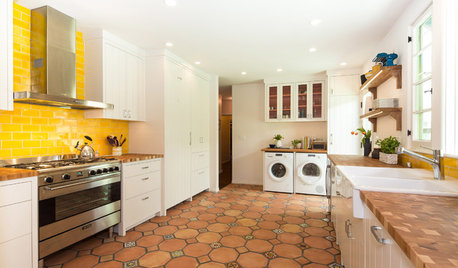
KITCHEN DESIGNNew This Week: 4 Surprising Backsplash and Countertop Pairings
Make your kitchen workspace stand out with colored ceramic tile, back-painted glass, butcher block and more
Full Story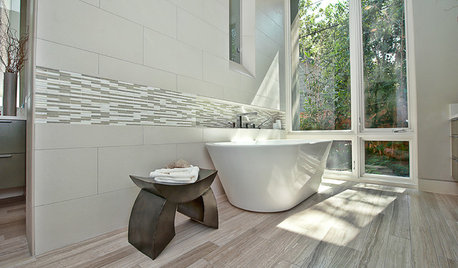
BATHROOM DESIGNHow to Match Tile Heights for a Perfect Installation
Irregular tile heights can mar the look of your bathroom. Here's how to counter the differences
Full Story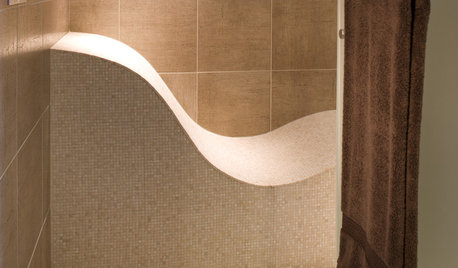
REMODELING GUIDESTop 10 Tips for Choosing Shower Tile
Slip resistance, curves and even the mineral content of your water all affect which tile is best for your shower
Full Story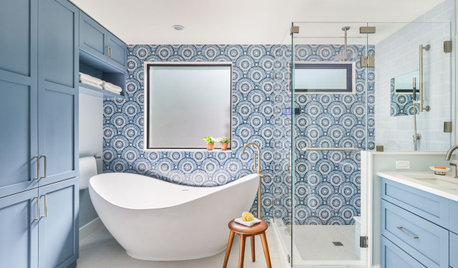
BATHROOM DESIGN9 Tips for Mixing and Matching Tile Styles
Get acquainted with the basics of combining shapes, colors and finishes for a symphony of tiles
Full Story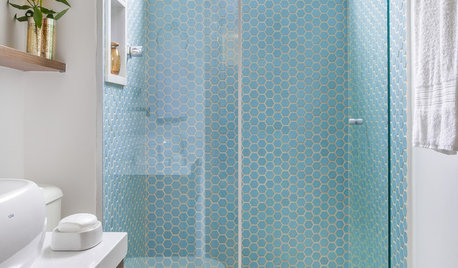
SHOWERSShower Design: 13 Tricks With Tile and Other Materials
Playing with stripes, angles, tones and more can add drama to your shower enclosure
Full Story
REMODELING GUIDESContractor Tips: How to Install Tile
Before you pick up a single tile, pull from these tips for expert results
Full Story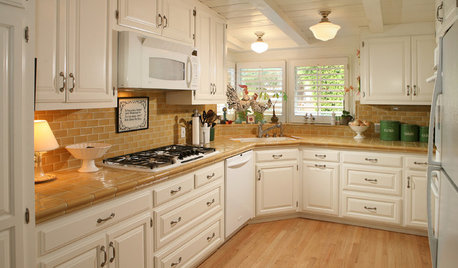
KITCHEN COUNTERTOPSKitchen Counters: Tile, the Choice for Affordable Durability
DIYers and budget-minded remodelers often look to this countertop material, which can last for decades with the right maintenance
Full Story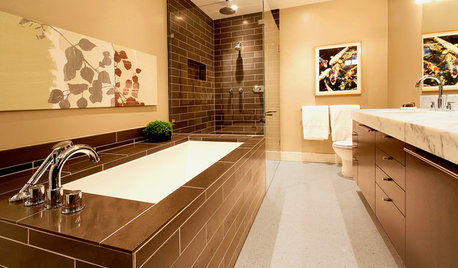
BATHROOM DESIGNDesigner Trick: Take Your Shower Tile to the Ceiling
Tile the whole wall in your shower to give your bath a light and lofty feel
Full Story





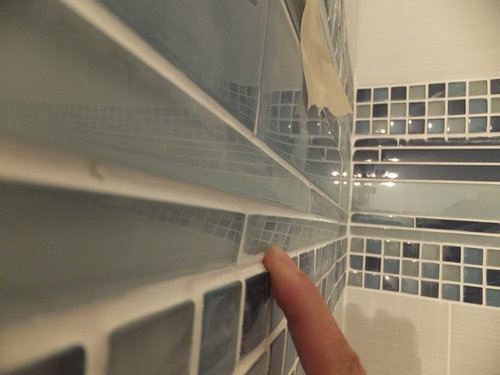

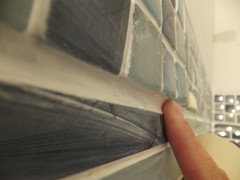

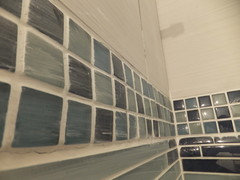


new.bee